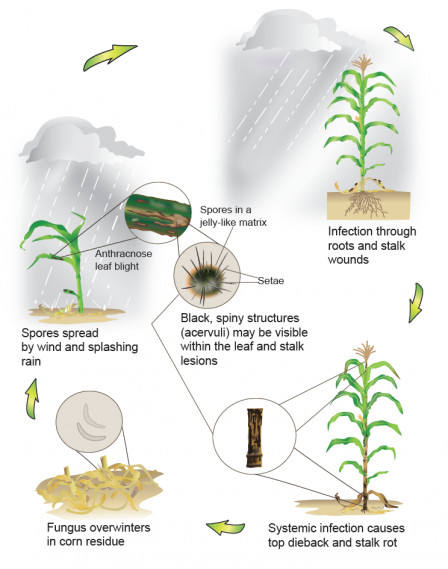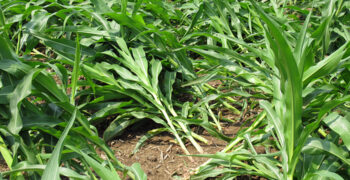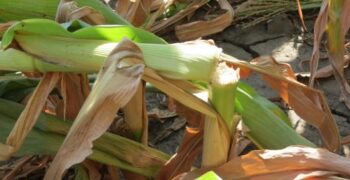Background:
Anthracnose stalk rot is caused by Colletotrichum graminicola and is the most prevalent stalk rot in the eastern US. This disease causes shredded piths along with distinctive blackening of stalk rind, and even premature death. In the beginning, the lesions are narrow, and water soaked. Then lesions will join together, creating large black blotches over the growing season.
Life Cycle:
The fungus overwinters in corn residue and spreads to plants through either the roots or by windblown spores and/or rain splashing onto the stalk. It can also be carried by insects that create feeding wounds. If it overwinters in residue, seedlings can be infected — but some plants could die before pollination. (Background, Life Cycle and Pictures Crop Protection Network)
Management:
- Plant non-susceptible hybrids.
- Rotate crops.
- Manage residue in fields. (Management Uni of Delaware)




